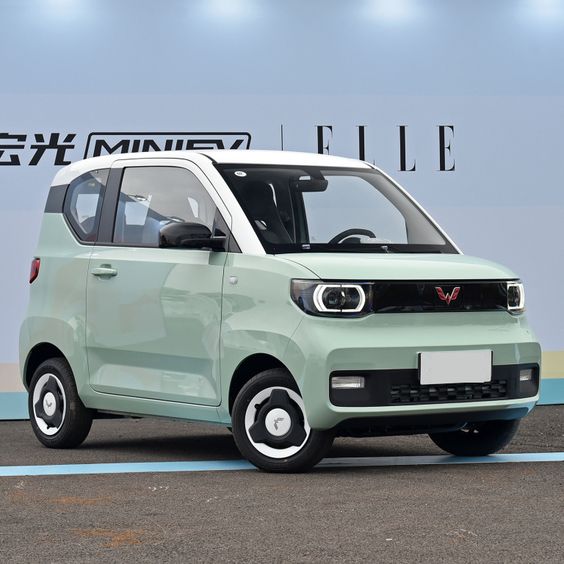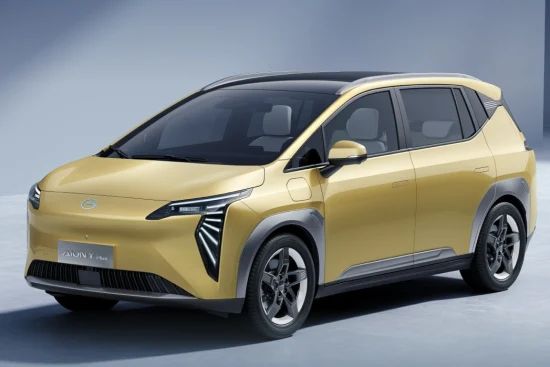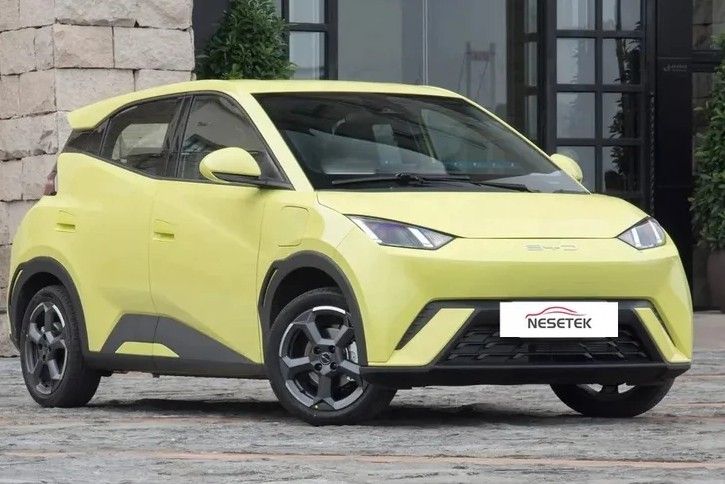The automotive industry is undergoing a paradigm shift with the advent of electric vehicles (EVs), and Asia stands at the forefront of this transformation. The surge in demand for EVs across the continent is not merely a trend but a reflection of a broader, more significant move towards sustainable transportation. This blog post delves into the factors driving the rise of electric cars in Asia, the challenges faced, and the future prospects of this burgeoning market.

The Surge in Popularity of Electric Cars in Asia
Market Growth and Adoption
Asia, home to some of the world’s most populous countries, is witnessing a rapid increase in the adoption of electric vehicles. Leading this charge are countries like China, Japan, South Korea, and India, which are investing heavily in EV technology and infrastructure.
China: The global leader in the electric vehicle market, China accounted for over 40% of the world’s EV sales in 2023. Government incentives, stringent emission regulations, and a robust manufacturing ecosystem have propelled China to the forefront of the EV revolution.
Japan: Known for its technological advancements, Japan has been a significant player in the EV market. Companies like Nissan and Toyota are pioneers in electric and hybrid technologies. Japan’s commitment to reducing carbon emissions aligns with its strong push towards electric mobility.
South Korea: Home to automotive giants like Hyundai and Kia, South Korea is making substantial strides in the EV market. The government’s aggressive policies and incentives aim to increase EV market share significantly in the coming years.
India: Although a latecomer to the EV race, India is rapidly catching up. The Indian government’s FAME (Faster Adoption and Manufacturing of Hybrid and Electric Vehicles) scheme aims to promote EV adoption through subsidies and infrastructure development.

Government Policies and Incentives
Government policies and incentives are crucial drivers of EV adoption in Asia. These policies aim to reduce the carbon footprint, improve air quality, and reduce dependency on fossil fuels.
Subsidies and Tax Benefits: Many Asian countries offer financial incentives to both manufacturers and consumers. These include subsidies on the purchase of EVs, tax rebates, and reduced registration fees.
Infrastructure Development: Governments are investing in the development of EV infrastructure, such as charging stations and battery swapping facilities. For instance, China has one of the most extensive EV charging networks in the world.
Stringent Emission Regulations: To combat air pollution, many Asian countries have implemented stringent emission regulations, encouraging the shift from internal combustion engine (ICE) vehicles to electric vehicles.
Technological Advancements
Asia is a hub of technological innovation, and this is evident in the advancements in EV technology.
Battery Technology: Improvements in battery technology are crucial for the growth of the EV market. Asian companies are at the forefront of developing high-capacity, fast-charging, and long-lasting batteries. For example, CATL (Contemporary Amperex Technology Co. Limited), a Chinese company, is a global leader in lithium-ion battery manufacturing.
Autonomous Driving: The integration of autonomous driving technology with electric vehicles is a significant trend in Asia. Companies like Baidu in China and Hyundai in South Korea are investing heavily in autonomous EVs.
Connectivity and Smart Features: Modern EVs come equipped with advanced connectivity features, such as real-time traffic updates, remote diagnostics, and smart charging solutions. These features enhance the overall user experience and make EVs more appealing to tech-savvy consumers.
Challenges and Barriers to Adoption
Despite the rapid growth, the adoption of electric vehicles in Asia faces several challenges.
High Initial Costs
The high upfront cost of electric vehicles compared to traditional ICE vehicles is a significant barrier. Although the total cost of ownership of EVs is lower due to lower operating and maintenance costs, the initial purchase price remains a deterrent for many consumers.
Limited Charging Infrastructure
While significant progress has been made, the charging infrastructure in many Asian countries is still inadequate. The lack of a widespread and reliable charging network poses a challenge for EV owners, especially those in rural or less developed areas.

Range Anxiety
Range anxiety, the fear that an electric vehicle will run out of battery before reaching its destination, is a common concern among potential EV buyers. This issue is closely linked to the availability of charging infrastructure and battery technology.
Supply Chain and Manufacturing Issues
The EV supply chain, particularly for batteries, is complex and resource-intensive. The reliance on critical raw materials like lithium, cobalt, and nickel, which are often sourced from politically unstable regions, poses a risk to the EV industry.
The Future of Electric Cars in Asia
The future of electric cars in Asia looks promising, with several trends and developments pointing towards sustained growth and adoption.
Increasing Investments
Investment in the EV sector in Asia is growing exponentially. Automakers, technology companies, and governments are pouring funds into research and development, infrastructure, and market expansion. For instance, China’s “Made in China 2025” initiative aims to make the country a global leader in EV production.
Public-Private Partnerships
Collaborations between the public and private sectors are crucial for the development of the EV ecosystem. Governments are partnering with private companies to build charging infrastructure, develop battery technologies, and promote EV adoption.
Green Mobility Initiatives
Many Asian cities are adopting green mobility initiatives to reduce pollution and traffic congestion. These initiatives include the promotion of electric public transportation, such as buses and taxis, and the development of bike-sharing and car-sharing programs that utilize electric vehicles.
Technological Breakthroughs
Ongoing research and development in battery technology, autonomous driving, and smart mobility solutions are expected to drive the next wave of growth in the EV market. Breakthroughs in solid-state batteries, wireless charging, and vehicle-to-grid (V2G) technology will further enhance the viability and appeal of electric vehicles.

Consumer Awareness and Acceptance
As awareness about the environmental benefits and long-term cost savings of electric vehicles grows, consumer acceptance is expected to increase. Educational campaigns and marketing efforts by both governments and manufacturers are playing a crucial role in changing consumer perceptions.
Conclusion
The rise of electric cars in Asia is a testament to the region’s commitment to sustainable development and technological innovation. While challenges remain, the combined efforts of governments, businesses, and consumers are driving the EV market towards a greener and more efficient future.
Asia’s diverse and dynamic market presents unique opportunities and challenges, but the overall trend points towards a significant transformation in the automotive landscape. As technology continues to evolve and infrastructure improves, the adoption of electric vehicles in Asia is poised for exponential growth, paving the way for a cleaner and more sustainable future in transportation.
The electric vehicle revolution in Asia is not just a trend but a crucial step towards addressing global environmental challenges and creating a sustainable future for generations to come.



